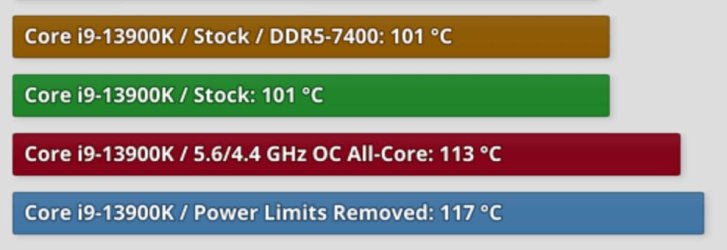- Joined
- Dec 3, 2014
- Messages
- 351 (0.09/day)
- Location
- Marabá - Pará - Brazil
| System Name | KarymidoN TitaN |
|---|---|
| Processor | AMD Ryzen 7 5700X |
| Motherboard | ASUS TUF X570 |
| Cooling | Custom Watercooling Loop |
| Memory | 2x Kingston FURY RGB 16gb @ 3200mhz 18-20-20-39 |
| Video Card(s) | MSI GTX 1070 GAMING X 8GB |
| Storage | Kingston NV2 1TB| 4TB HDD |
| Display(s) | 4X 1080P LG Monitors |
| Case | Aigo Darkflash DLX 4000 MESH |
| Power Supply | Corsair TX 600 |
| Mouse | Logitech G300S |
89ºC at gaming (stock) bruh... NH-U14S got stomped.






